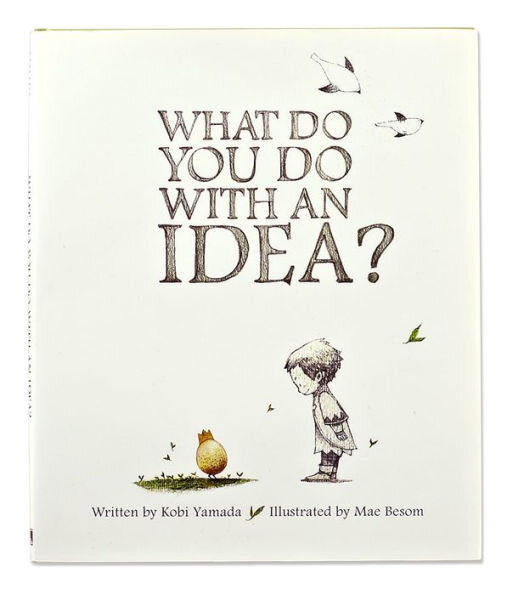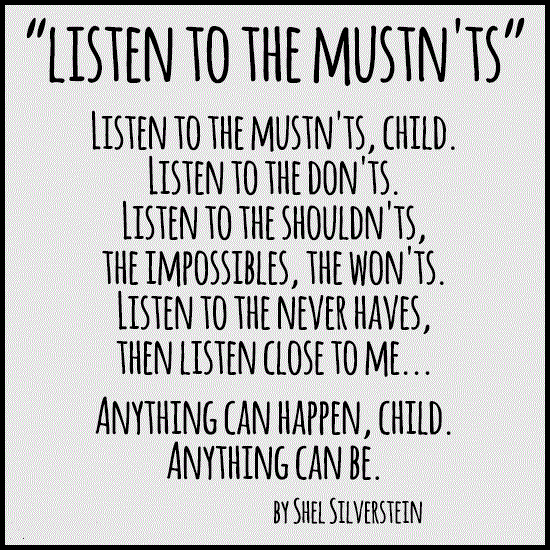
Fostering the Ideas of Children
Encouraging and facilitating children’s ability to discover, evaluate, and form impressions and establish their own thought processes and ideas can do amazing things to increase their understanding of the world around them. And as in most experiential learning situations, the earlier in life a child is encouraged to begin this exploration, the more they will prosper, gain confidence, and benefit from experiences and thoughts that can influence them throughout their existence.
In one of his many books for children, author Kobi Yamada poses the titled question, “What do you do with an idea?” The story follows a boy as he anxiously deals with an idea that leaves him questioning his ability to understand and nurture his own creation and bring it to fruition.
The simple story in the book What do you do with an idea? challenges us, young and old, to foster our own original concepts rather than dismiss them or deny their possible validity because of our inner fears of failure. The Children’s Book Review in June 2014 summarized this popular book as one that encourages children and, indeed, people of all ages to “… nurture ideas with patience and persistence, no matter how big or small, no matter how unique or popular.”
As one of this book’s synopses states most aptly:
“This is a story for anyone, at any age, who’s ever had an idea that seemed a little too big, too odd, too difficult. It’s a story to inspire you to welcome that idea, to give it some space to grow, and to see what happens next.”
How many famous artists, inventors, and thinkers in history were considered crazy or illogical during their lives, only to be appreciated later or described as “before their time”? Had they cared about the opinions of others, or succumbed to pressures to stifle their ideas, the world would certainly be a very different place. Those who are threatened by thoughts of “unlike-minded” individuals are often called “naysayers” but possibly just lack the vision of children or adults who can simply see farther and more clearly.
The ideas and minds of children are frequently disregarded or unconsidered, as adults busy themselves with daily life. Children are often left to their own inner devices to create, investigate, and discover – using an approach many adults left behind years ago or perhaps never had the time to develop. Tools to help both children and adults value and dig further into their own creations are often ignored or undervalued.
As we hurry through our busy lives, hopefully we can find the time to not just appreciate but also celebrate the fact that the youngest of us all, who are as yet uncluttered by the challenges and failures we sometimes allow to block our view, potentially believe anything, perhaps everything, can be changed for the better. This is the message that we all need.
Another piece of writing sends a similar message – this one from a virtuoso at telling stories of life to children through poetry. It’s a poem by Shel Silverstein entitled “Listen to the Mustn’ts”:


